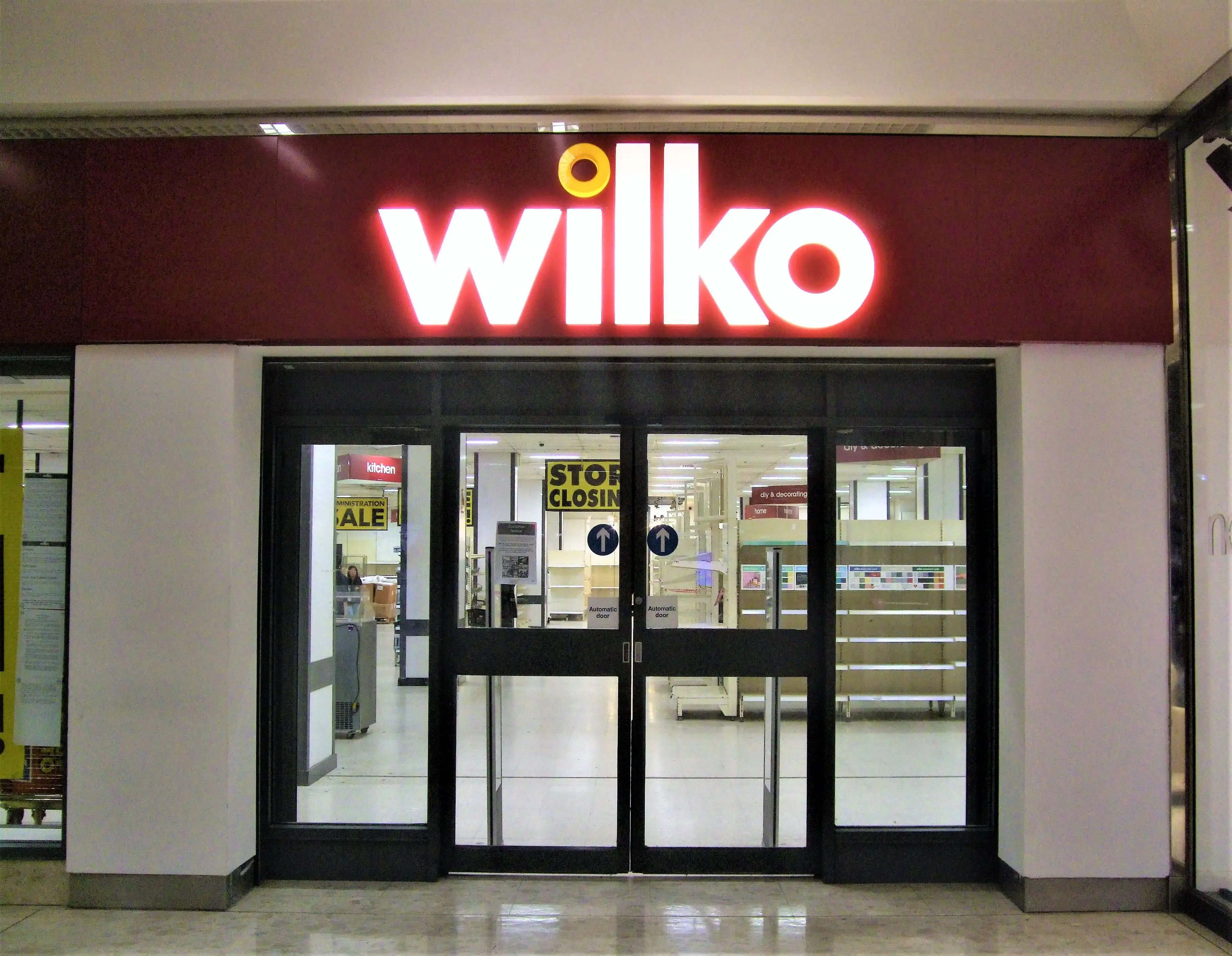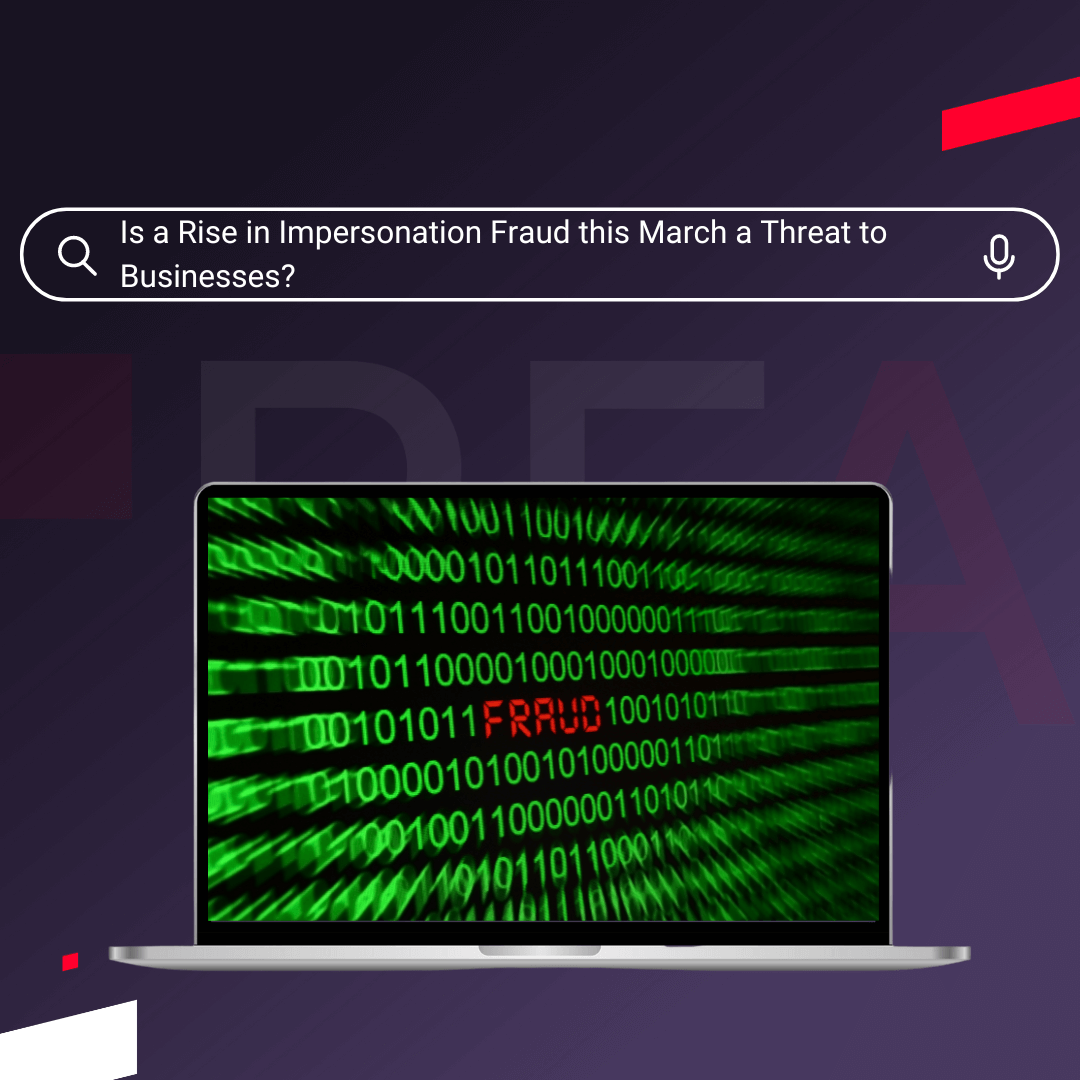On 10th August 2023, the beloved high street discount store Wilko entered into administration after years of failing fortunes and financial struggling. The company employs over 12,000 people and has 403 stores across the country, all of which are now at risk.
Just ten years ago, Wilko was the dominant brand in the discount sector, which has since thrived and seen large increases in revenue for all of its major rivals. So why hasn’t Wilko shared their successes? And how did it go from industry leader to collapse in the space of a decade?
Who are Wilko and what has happened?
Wilko is a primarily high-street retail discount chain that sells homewares, garden wares, household goods and DIY products. Initially founded in 1930 as a hardware store by James Wilkinson, Wilko remained in the ownership of the Wilkinson family and is one the largest privately owned retail companies in the UK.
Wilko saw its first major success in the 1950s when they made affordable DIY products available on the high street and this remained at the core of their core product offering, even as they expanded into discount wares.
They have been a fixture of high streets for decades with large stores selling a wide range of goods and a presence of 403 locations at the time of their collapse.
Until recent years, Wilko was largely unaffected by the decline of the high street and was able to draw shoppers in large numbers. They performed well throughout the 00’s and 10’s, peaking at £1.6 billion in revenue in 2018, and were the leading discount store brand until 2013.
Despite five years of growth after 2013, the discount chain was not able to match that of its competitors, especially B&M and Homebase, nor did they capitalise on the increased demand for discount domestic goods. At the time of their collapse, Wilko’s turnover was less than half of Homebases’s and just a third of B&M’s.
The appointment of administrators, PwC, in August comes after the securing of a £40 million loan from Hilco in late 2022, the closure of fifteen stores in January and last-minute attempts to find a buyer; but none of these were enough to save the struggling retail chain.
What went wrong at Wilko?
Following revenue peaking in 2018, Wilko were unable to replicate that success and saw both revenue and profits steadily decline. This is significant as the discount goods sector is flourishing and has seen significant growth and demand in recent years.
As with most collapses of large companies, there was more than one contributing factor to Wilko’s downfall: eventually succumbing to the decline of the high street, supply issues, COVID, recent macroeconomic challenges, leadership issues and a failure to adapt to a changing market place have all played their part.
Wilko initially started to experience supply issues after the UK left the EU and the new economic border wreaked havoc on supply chains. This was further compounded by the onset of COVID-19 and meant that they were not able to reliably stock popular items.
COVID also played a major role in the continuing reduction of footfall on the high street which directly affected sales figures at Wilko; lockdowns meant that shoppers were unable to go into stores and also brought about a shift in consumer buying behaviour, where shoppers are far more likely to use online shopping than before the pandemic. Whilst Wilko did have an online store, their business model relied heavily on shoppers browsing their stores in person and purchasing additional items to those they had come in intending to buy.
Their prominent high street presence caused further problems as customer numbers and revenues fell in that the large stores in previously desirable positions came with expensive rents and business rates. The reduction of affordable parking close to stores also meant that shoppers were limited to buying what they could comfortably carry home, meaning people tended to buy fewer and smaller items.
Wilko had retained a strong focus on DIY goods and large home/gardenwares which meant that customers were unable to transport large portions of their product offering home and thus were unable to buy them.
Rival chains had largely moved their stores to out-of-town retail parks that offered cheaper rents, cheaper business rates and offered free parking.
They had also moved away from offering DIY supplies, a mainstay of Wilko, and focused on home/garden wares and domestic goods. Rivals had also focused on reducing prices as they had grown and Wilko was unable to compete on both price and convenience.
Failing to adapt to the changes in their sector and a lack of strategy in their product offering has meant that Wilko was unable to benefit from the explosion in demand for discount goods that has been brought on by household budgets being squeezed by first COVID and more recently by the cost of living crisis.
Criticism has also been levelled at the lack of stability in top-level leadership roles at the company. MD, Alison Heads, left in January 2023 after eighteen months in the role, Jerome Saint-Marc, the Chief Exec, stepped down in December 2022 and Alex Russo, the Chief Finance Officer, left after only two years; and is now boss of B&M.
The role that the Wilkinson family’s ongoing control over the business played in its downfall is also being questioned. A member of the Wilkinson family, Lisa Wilkinson, remained as Chair of the company until early 2023 and commentators are drawing attention to the decision to pay out £2.5 million in dividends in 2022 and £750k in early 2023, despite losses and a bleak outlook for the company.
See the full report of Wilko
What’s next for Wilko
With over 12,000 jobs at stake, there is much conjecture around, and attention being paid to, whether a buyer can be found for all or parts of the business.
PwC remains hopeful that a deal will be reached and parts of the business will be saved. The media coverage of the collapse has shown that there is a significant amount of goodwill for the brand but the complete failure of its business model, large real estate overheads and unpopular stock may mean that the administrators may be hard-pressed to save the bulk of the physical stores and jobs that go with them, alongside a sale of the Wilko name.
Some have suggested that foreign high street discount companies may purchase the real estate offering as a way to penetrate their brand to the UK market; with Pepco and Action being pointed at as possible contenders.
Whatever the fate of Wilko is, it stands as not only a collapse of a large, beloved and historic brand but also as a collapse of a company in a sector that has seen significant and sustained growth over the last decade and whose main rivals are all enjoying success and growth in a faltering economy. In truth, there were multiple contributing factors to its failure but it will likely go down as a lesson in corporate complacency and a complete failure to adapt and change with the marketplace.
When a company the size of Wilko collapses it leaves behind a large amount of creditors which then face an uncertain future and most likely must wipe off the money owed as bad debt. A creditor that experiences a bad debt is then three times more likely to go insolvent.
UPDATE 12/9/23 - On Monday 11th September 2023 administrators PwC announced that 'despite extensive efforts' attempts to secure a rescue deal for Wilko 'no significant part of the Wilko operations can be rescued'. This will result with all stores being shutdown by the end of October and all staff being made redundant.
There had been some hope that a portion of the company could be saved by Doug Putman, the billionaire owner of HMV, who sought to purchase at least 100 stores. This ultimately fell through, with the 'rising costs' of a deal being cited. B&M have agreed to buy 51 stores, to be run under their brand with no jobs saved, and it is understood that Poundland are interested in acquiring up to 71 stores to expand their own portfolio.
Red Flag Alert is a business data platform with over 20 years of experience in identifying and predicting the early warning signs of insolvency. Our platform allows you to avoid bad debt before credit is offered, monitor your existing debtors and business partners for signs of business distress as well and find financially stable and growing companies to do business with.
Discover how Red Flag Alert’s experienced team can help you mitigate risk and protect your business. Why not get a free trial today and see how Red Flag Alert can help your business?




